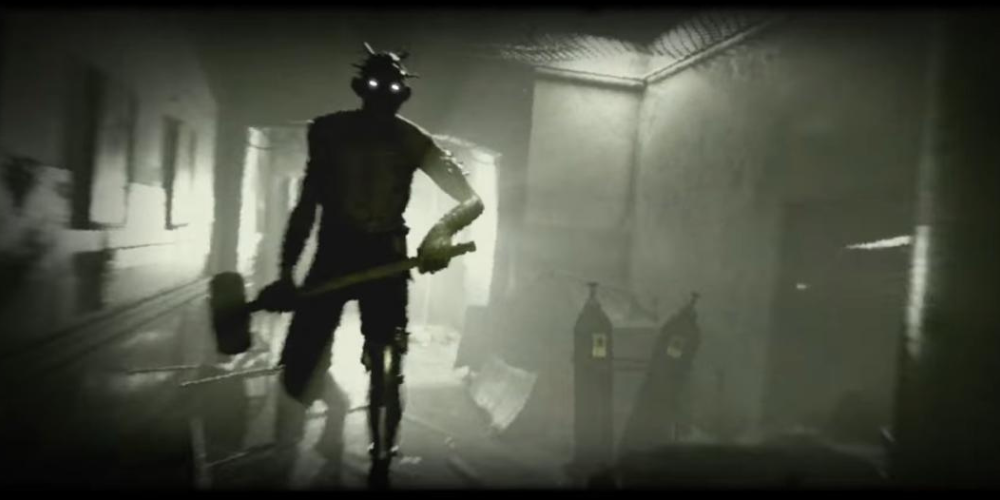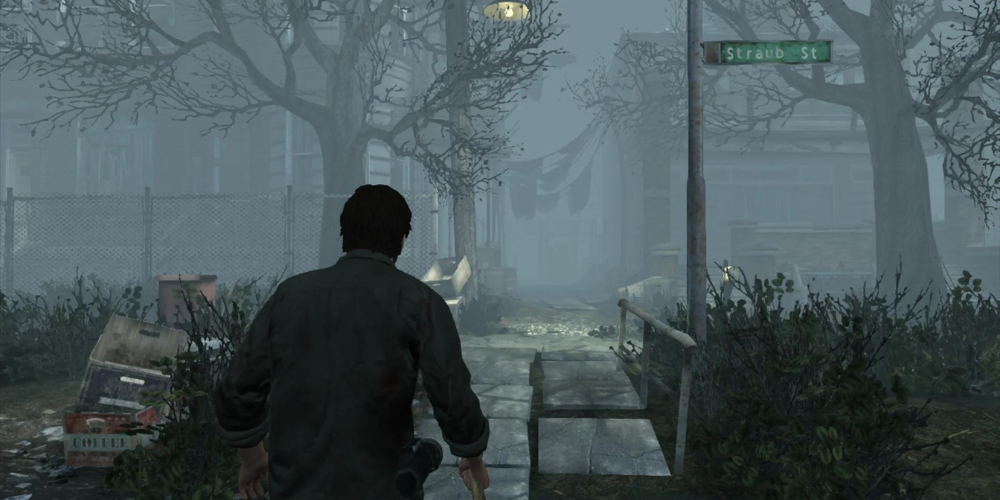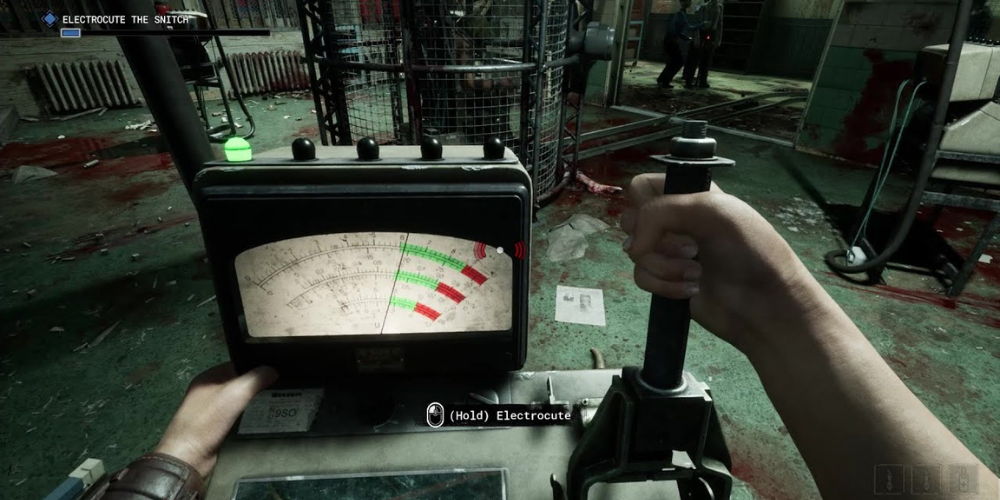The Evolution of Horror Games: What Makes Them Scary?
- Jun 23, 2024
- 0

The Birth of Horror Games
The origins of horror games can be traced back to early text adventures and 8-bit graphics that resembled more of a ghostly hint than full-fledged terrors. Titles like "Haunted House" for the Atari 2600 began to scratch the surface of interactive fear. These games relied heavily on players’ imaginations to build tension and cause unease.
Atmosphere and Sound Design
One of the most crucial elements that define a horror game is its atmosphere, and sound design plays an integral role in crafting it. With advancements in technology, developers have become adept at using ambient sounds, chilling background scores, and eerie silence to generate a sense of dread that reverberates through the player's psyche. Classic examples include the unsettling soundscapes of “Silent Hill,” which use static, distant screams, and unnerving silence to magnify anxiety.

Psychological Elements
The incorporation of psychological horror introduced a new layer of fear. Games like "Eternal Darkness: Sanity's Requiem" play tricks on the player’s perception of reality. By breaking the fourth wall and manipulating what the player sees and hears, these games offer alarming experiences that go beyond mere jump scares. The idea of facing one's deepest fears and insecurities adds another dimension to the horror experience.
The Role of Storytelling
Another significant transformation in horror games is the emphasis on narrative. Modern horror games often boast complex storylines filled with rich lore and well-developed characters. Titles like "Until Dawn" and "The Last of Us" engage players with emotional depth and intricate plots, making the stakes feel personal and the horror even more pronounced. This fusion of deep storytelling with interactive elements ensures the player's complete immersion in the terrifying world.
Player Interactivity
The level of interactivity in horror games has evolved dramatically. Early games offered limited actions and scenarios, but now, players are often given a range of choices that can significantly alter the storyline. This gives birth to numerous endings and multiple pathways, ensuring that the threat feels omnipresent and unpredictable. Interactive features like quick-time events and decision-making processes enhance the immediacy and gravity of the player's experience.

The Advent of Virtual Reality
The inclusion of virtual reality (VR) has revolutionized horror gaming. Titles like "Resident Evil 7: Biohazard" in VR push the boundaries of immersion, making the experience almost palpably real. VR's ability to place players directly within the terror environment elevates the psychological impact and has introduced a new era in horror gaming.
Understanding What Makes Horror Games Scary
What's crucial to understand about the evolution of horror games is that fear is multifaceted. It thrives on atmosphere, psychological manipulation, immersive storytelling, player interactivity, and advanced technology like VR. With each step forward, horror games continue to redefine what it means to be truly scared, taking both new and seasoned players on a riveting roller coaster of fear and thrill.
Summary
The evolution of horror games traces its origins from basic graphics and text-based storytelling to immersive, psychologically complex experiences enriched with advanced sound design and VR technology. With a focus on atmosphere, narrative depth, and interactivity, horror games have continuously pushed boundaries, offering players an intricate and multifaceted experience of fear. Each component—from eerie soundscapes to intricate storylines—works in harmony to create an atmosphere that keeps players on edge, ensuring that the world of horror gaming remains both thrilling and terrifying.